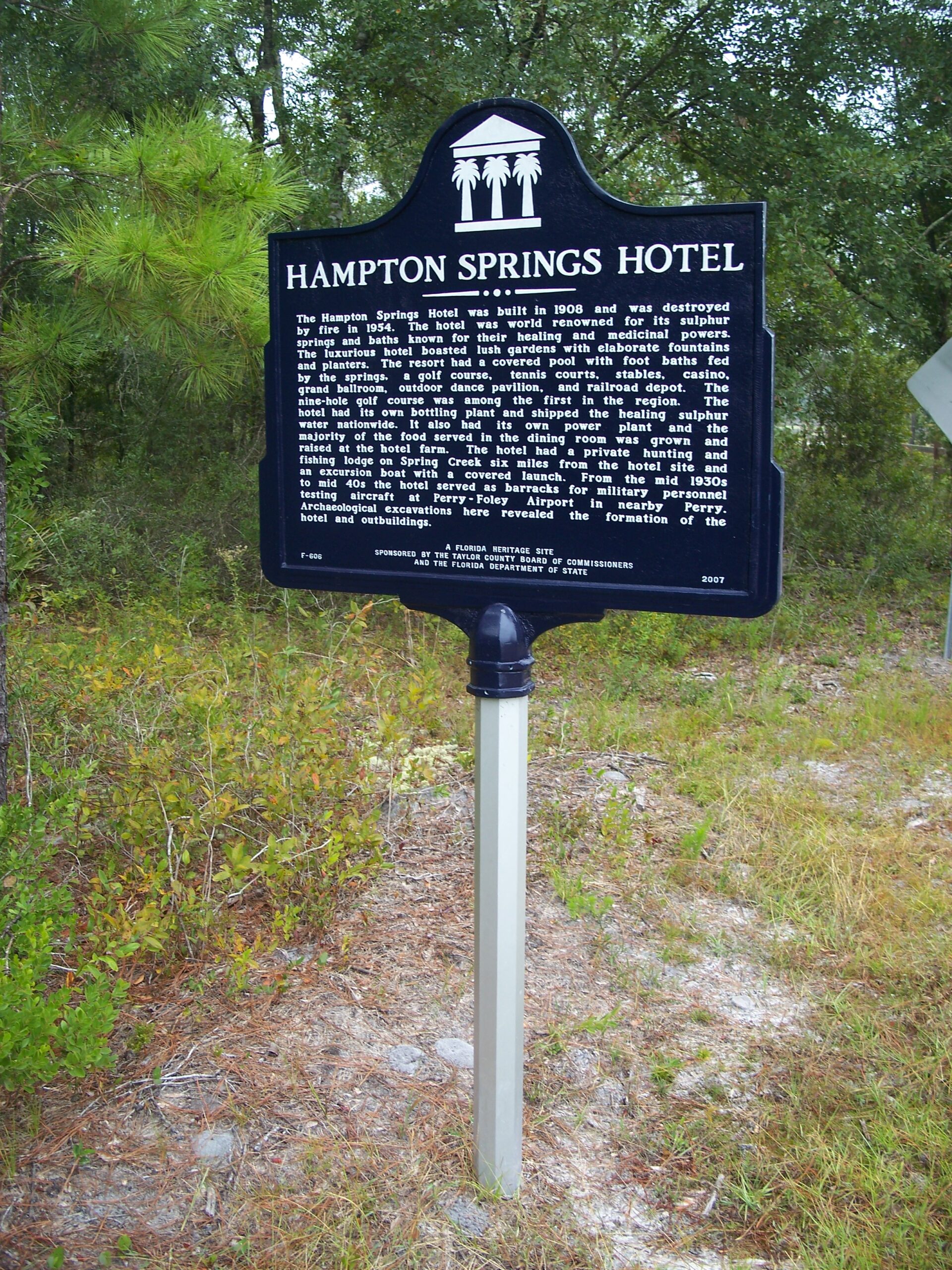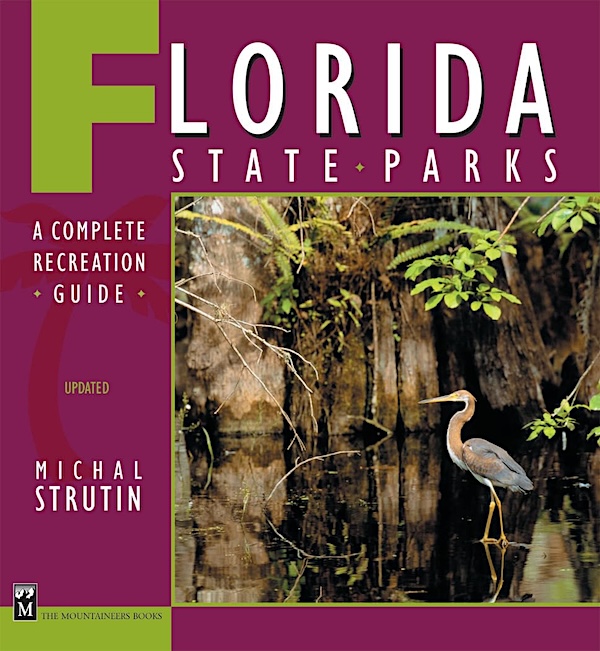
In the pine forests of Taylor County, Florida, a historical marker stands as the last visible reminder of what was once one of Florida’s premier luxury resorts. The Hampton Springs Hotel, though long gone, represents an important chapter in both local history and the broader story of early Florida tourism.
Indigenous Beginnings
The story of Hampton Springs begins, as many Florida spring tales do, with the wisdom of indigenous peoples. According to local lore, early Taylor County resident Joe Hamilton was directed to the natural sulphur springs by indigenous people of the area when seeking help for his ailing wife who suffered from rheumatism. This knowledge, passed from Native Americans who had long understood the healing properties of Florida’s countless springs, would ultimately transform this remote woodland into a destination for health-seekers from across the nation.
Rise of a Resort Empire
Built in 1908, the Hampton Springs Hotel quickly established itself as a world-renowned destination famous for its sulphur springs and baths, which were widely believed to offer healing and medicinal properties. The resort’s development coincided with Florida’s first major tourism boom, fueled by the expansion of railroads into previously inaccessible parts of the state.
The hotel was the epitome of early 20th century luxury, featuring elaborate bath gardens adorned with fountains and planters. Guests could enjoy therapeutic foot baths fed directly by the springs, ensuring the full benefit of the mineral-rich waters. But Hampton Springs offered far more than just health treatments.
A Playground for the Well-to-Do
For those seeking recreation alongside restoration, the resort boasted an impressive array of amenities: a nine-hole golf course (among the first in the region), tennis courts, stables for equestrian activities, and even a casino for evening entertainment. An outdoor dance pavilion provided a venue for social gatherings, while the property’s own railroad depot ensured convenient access for visitors.
The resort was remarkably self-sufficient. It operated its own bottling plant that shipped the healing sulphur water nationwide, allowing those who couldn’t make the journey to Taylor County to still benefit from the springs’ reputed healing powers. A dedicated power plant provided electricity, quite a luxury for rural Florida in that era. Most impressively, the majority of food served in the dining room was grown and raised on the hotel’s own farm, offering guests farm-to-table dining decades before it became fashionable.
For the sportsman, Hampton Springs offered a private hunting and fishing lodge on Spring Creek, located six miles from the main hotel property. Guests could also enjoy excursions on a glass-bottomed boat, allowing them to marvel at Florida’s underwater beauty.
War Changes Everything
Like many civilian institutions, the Hampton Springs Hotel found its purpose shifted during World War II. From the mid-1930s to mid-1940s, the resort served as barracks for military personnel who were testing aircraft at the nearby Perry-Foley Airport. This transition from luxury resort to military facility reflected the nationwide prioritization of the war effort.
A Fiery End
The Hampton Springs Hotel’s storied run came to a dramatic end in 1954 when it was destroyed by fire. This devastating conclusion echoed the fate of many of Florida’s grand wooden hotels of the era, which were perpetually vulnerable to fire due to their construction materials and often remote locations that complicated firefighting efforts.
Legacy and Archaeology
Though the hotel is long gone, archaeological excavations at the site have revealed foundations and remnants of the hotel and its outbuildings, providing insights into the layout and construction of this once-magnificent resort. These findings help historians piece together a more complete picture of early Florida tourism and the role of mineral springs in health and recreation.
Today, the Florida Heritage Site marker, sponsored by the Taylor County Board of Commissioners and the Florida Department of State, stands as a testament to this important piece of local history—a place where indigenous knowledge, entrepreneurial spirit, and natural resources combined to create a destination that drew visitors from across the nation to experience the healing waters of Hampton Springs.
Though we can no longer stay at the Hampton Springs Hotel or soak in its therapeutic baths, its story remains an important part of Taylor County’s cultural heritage and a window into a time when Florida’s springs were valued not just for their natural beauty, but for their perceived power to heal body and spirit.



Leave a Reply